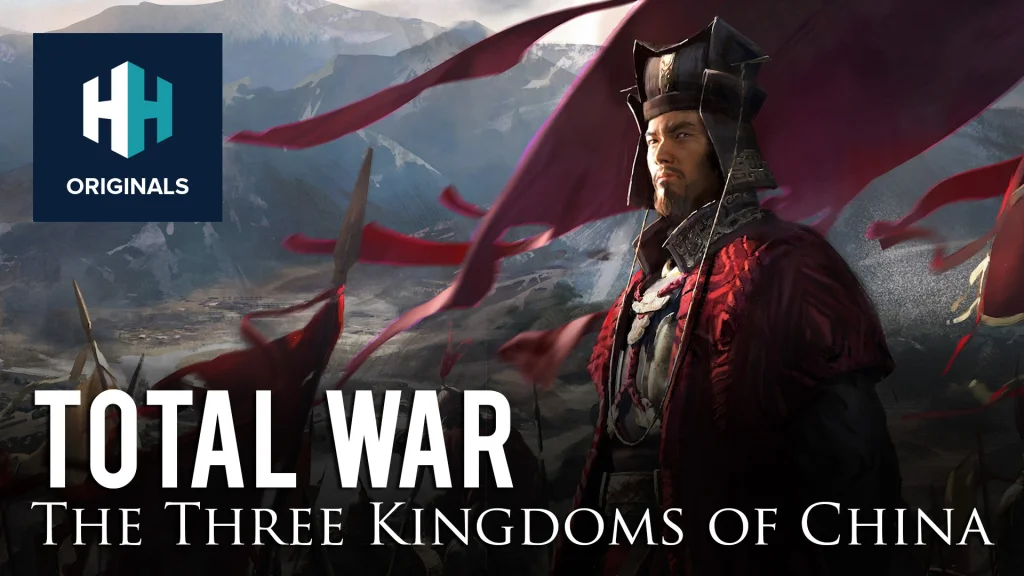
The 1980s were an unforgettable era for film, tunes, and also shoulder pads. Thankfully, the shoulder pads were left behind when 1990 landed. It was a seminal period for video games too, introducing us to Pac-Man, Mario, Tetris and so much more.
Below we explore how the decade unfolded, and how it paved the way for the advent of SNES vs Mega Drive, the Sony PlayStation, and modern console gaming.

Pacman
Image Credit: Namco
1980
In a (hyphenated) word: Pac-Man. The decade began with a bang as Namco unleashed this instant classic in arcades, which swiftly became the highest-grossing game ever made. The Atari VCS, home to a Space Invaders port that shifts 1.3 million copies, was the best-selling console.
A new company called Activision released its first ever games exclusively for that machine: Dragster, Fishing Derby, Boxing, Bridge and Checkers. Three decades later, Activision is among the biggest names in all of entertainment, thanks to the supermassive Call of Duty series.

Donkey Kong
Image Credit: Alamy
1981
Pac-Man will forever be considered the first ever video game mascot; one year later, Nintendo accidentally introduced the second. The Japanese giant’s novel platformer Donkey Kong was the highest-grossing arcade game of the year, with moustached, overall-sporting protagonist Jumpman beloved by audiences.
He’ll soon be renamed Mario and become instantly recognizable the world over. Space Invaders became even more popular, racking up an astonishing 2.9 million sales as Atari’s VCS continued its sofa-based domination.

Atari VCS
Image Credit: Wikimedia Commons / Composite: History Hit
1982
The world still couldn’t get enough Pac-Man. It landed on Atari VCS and sells a staggering 7.2 million units. It wasn’t the only game to do mind-blowing numbers. Frogger shifts 4 million, Defender 3 million, and ET The Extra Terrestrial 2.6 million.
In another landmark, the Commodore 64 arrives. Its widespread availability in places such as department stores and toy shops, and comparatively affordable RRP of $595, unlocks home computing for the masses.
1983
In 1983, it all came crashing down for Atari. Backlash against the quality of Pac-Man (considered sub-par compared to the arcade version), a rush of too many new titles and people switching to home computers like the C64 triggers the infamous video game crash of 1983. Atari buries 728,000 unsold cartridges in a landfill near Alamogordo, New Mexico.
1984
The industry continued to struggle in 1984, but the year had one incredible bright spot. In June, Russian software engineer Alexey Pajitnov shared a game he had invented with colleagues at the Soviet Academy of Sciences. Within weeks it became so popular across Moscow that the city’s Medical Institute, tired of seeing staff distracted from work, banned it from being played.
Pajitnov combined the word ‘tetra’ (meaning four) with tennis, his favourite sport, to form the name Tetris. The block-falling, screen-clearing gem went on to sell 202 million copies over the ensuing three-and-a-half decades.

The first version of Tetris, completed in 1984, captured using an emulator
Image Credit: Wikimedia Commons
1985
1985 is the year Nintendo became a juggernaut. Wary of the 1983 video game crash, it modified the name and design of its ‘Famicom’ home machine to avoid being seen as a console. Instead, it’s known as the Nintendo Entertainment System. Cartridges were loaded into the front of the unit, VCR-style.
A limited October launch in New York City saw it shift a modest, yet encouraging, 90,000 units. Back in Japan, Super Mario Bros lands on the Famicom. It sells 3,000,000 copies, cementing the plumber’s iconic status.

NES Console
Image Credit: Wikimedia Commons / Composite: History Hit
1986
The NES drives a recovery of the entire Stateside video game market, with 1.1 million sales across the country. One million copies of Super Mario Bros are also sold, thanks to enticing in-store bundles. Sega’s Master System also saw a US release, cementing a rivalry which endured for the next decade. Other soon-to-be-beloved characters and titles saw first light in this period, including arcade driving favourite Out Run, and Famicom instant hit The Legend Of Zelda.

Out Run
Image Credit: SEGA
1987
A precedent-setting year, with names such as Street Fighter, Metal Gear and Final Fantasy all taking their bows. All three franchises spawned hugely successful sequels in the decades ahead. A home port of Out Run became the UK’s fastest selling game ever, to the tune of 200,000 copies. Meanwhile The Legend Of Zelda’s US release smashed the 1,000,000 barrier.
 Watch Now
Watch Now1988
Arcade powerhouse Sega announced its follow-up to the Master System in the June issue of Japanese gaming mag Beep. It was called the Mark V. The name created little buzz and so, after reviewing 300 proposals, the moniker was changed in time for its October release. It’s hereafter known as the Mega Drive.
On the software front, 1988 was a year where sequels ruled, with Super Mario Bros 3, Dragon Quest III and Final Fantasy II all emerging to rave reviews and huge sales. Nintendo was also busy with Sony, discussing plans for a CD-ROM add-on to a future machine. The plans eventually fell apart, but Sony fine tuned the idea. Six years later, the PlayStation was developed.

Playstation
Image Credit: Wikimedia Commons / Composite: History Hit
1989
Following a five-year funk, Atari sought to return to prominence with the handheld Lynx system. However, it’s the cheaper, simpler Nintendo Game Boy which came to dominate this new market. It eventually shifted 118 million units to Lynx’s 3 million.
New consoles ushered in a new era of gaming. In July, Nintendo demonstrated its home console, the Super Famicom (AKA Super Nintendo) to Japanese media. Then in October the Mega Drive was released in the US as the Sega Genesis. A console war which dominated gaming in the early 1990s had begun.













